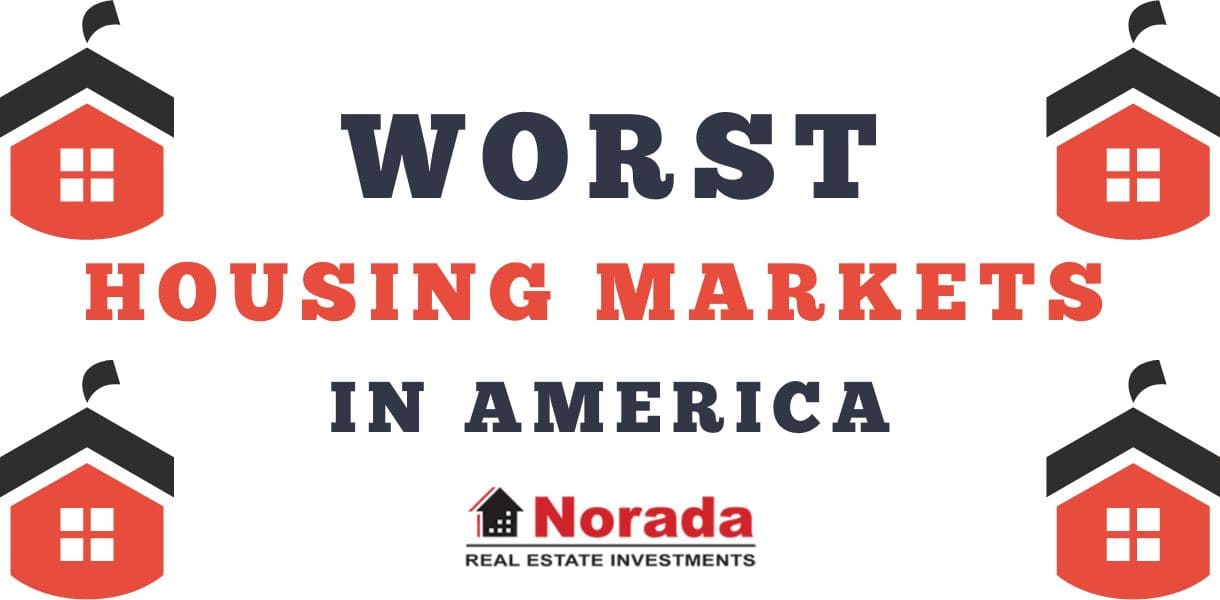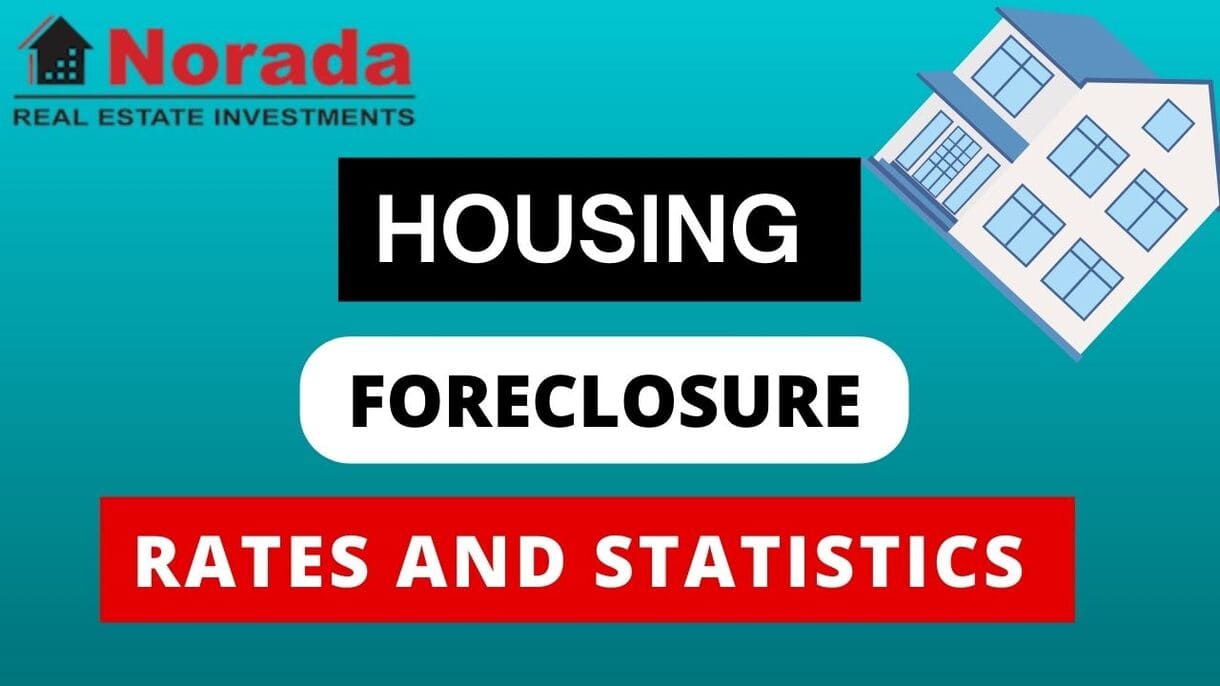Gen Z and Millennial homeownership rates flatlined last year due to soaring housing costs and high mortgage rates, while older generations saw slight increases. This is mainly because younger generations face affordability challenges, economic uncertainty, and changing priorities.
For years, I've watched housing prices climb in the U.S. It's become a constant topic of conversation, a source of both frustration and grim humor. When I saw the latest data confirming that Gen Z and Millennial homeownership rates have stalled, it wasn't a surprise, but it was definitely a punch in the gut. Let's dive into why this is happening and what it means for the future.
Housing Crisis: Gen Z and Millennial Homeownership Rates Stalled
The Great Divide: How Housing Costs Impact Younger Generations
According to a new report from Redfin, the dream of homeownership feels increasingly out of reach for younger Americans. While older generations like Gen X and Baby Boomers saw slight increases in their homeownership rates in 2024 (Gen X at 72.9% from 72% in 2023, and Baby Boomers at 79.6% from 78.8%), Gen Z and Millennial rates stagnated. This isn't just a statistical anomaly; it's a reflection of a deep economic divide.
We’d naturally expect homeownership rates for Millennials and Gen Z to rise because they are in their prime homebuying age.
Here's the breakdown:
- Gen Z: Born between 1997 and 2012, the oldest members are just entering their late twenties.
- Millennials: Born between 1981 and 1996, they are now in their late twenties to early forties, a key period for settling down and buying a home.
- Gen X: Born between 1965 and 1980.
- Baby Boomers: Born between 1946 and 1964.
The core issue? Affordability.
The One-Two Punch: Soaring Prices and Sky-High Mortgage Rates
The housing market has been hit with a double whammy of rising prices and increasing mortgage rates. After years of record-low rates, mortgage rates began their ascent in 2022, jumping from around 3% at the start of the year to a staggering 7% by the end. They've remained stubbornly high ever since, hovering between 6% and 7%.
Think about it: A $300,000 mortgage at 3% is a drastically different monthly payment than the same loan at 7%. This increase alone adds hundreds of dollars to the monthly cost of homeownership, putting it out of reach for many.
Here's a comparison of mortgage rates over time:
| Time Period | Average Mortgage Rate |
|---|---|
| Early 2022 | Around 3% |
| End of 2022 | 7% |
| 2023 – Present | 6% – 7% |
Adding insult to injury, low housing inventory has kept prices artificially high. This means that even with wages increasing (though not nearly as quickly), the typical homebuyer in spring 2024 was paying around $2,800 per month. That's an all-time high!
Why Does This Hurt Younger Generations More?
Older generations often have an advantage: they already own homes. This means they can use the equity from their existing property to buy their next house. Younger people, on the other hand, are starting from scratch, making the initial down payment and navigating high monthly payments without that financial cushion.
Imagine you're a Millennial or Gen Z just starting your career, saddled with student loan debt, and facing the prospect of saving tens of thousands of dollars for a down payment while also paying exorbitant rent. It's a daunting task, to say the least.
Digging Deeper: Other Factors at Play
While affordability is the primary driver, other factors contribute to the stagnation in homeownership rates among young people:
- Tight Housing Supply: Older Americans are staying in their homes longer, reducing the number of available properties for younger buyers.
- Rent vs. Buy Calculation: While buying a home has become increasingly expensive, rental costs have remained relatively stable in many areas, making renting a more attractive option.
- Economic Uncertainty: Concerns about a potential recession, tariffs, the high cost of living, and job security are making young people hesitant to commit to a large purchase like a home. Many also carry the burden of student loan debt.
- Changing Priorities: The pandemic has shifted priorities for some. The rise of remote work has allowed many to prioritize flexibility over homeownership, opting for short-term rentals, travel, or living with family.
As Redfin Chief Economist Daryl Fairweather puts it, “Homeownership is still a symbol of success and stability for many Americans, but the nation’s culture is shifting with the economic times.” Some young people are placing less emphasis on owning a home, prioritizing flexibility, while others simply can’t afford it.
A Generational Divide in Homeownership
The numbers tell a clear story: young people today are less likely to own homes than previous generations at the same age.
- 27-year-olds:
- Gen Z (2024): 32.6%
- Gen X: 38.4% (when they were 27)
- Baby Boomers: 40.5% (when they were 27)
- 35-year-olds:
- Millennials (2024): 56%
- Gen X: 59.4% (when they were 35)
- Baby Boomers: 61.5% (when they were 35)
The data clearly shows that homeownership among young people is significantly lower today than it was for previous generations at the same age.
Delayed Milestones: A Shifting Timeline
It's not just about affordability. Young adults are also reaching life milestones later than they used to. For example, the average first-time mother in the U.S. is now 27.5 years old, up from 24.9 two decades ago. This delay in major life events contributes to the slower pace of homeownership among young people.
The Paradox: Why Some Young People Are Still Buying
Despite the challenges, some Millennials and Gen Zers are still buying homes. In some markets, Redfin agents report that these buyers are motivated by the fear of being priced out of the market altogether. They see costs continuing to rise and want to get in while they still can, even if it means stretching their budgets.
This creates a paradox: some are buying despite the high costs, while many others are priced out entirely.
Looking Ahead: What Does the Future Hold?
The future of homeownership for Gen Z and Millennials is uncertain. Several factors will play a role:
- Mortgage Rates: If rates start to decline, it could ease the burden on potential buyers.
- Housing Inventory: Increasing the supply of homes, particularly affordable options, is crucial.
- Wage Growth: Wages need to keep pace with rising housing costs to make homeownership more attainable.
- Government Policies: Policies aimed at supporting first-time homebuyers, such as down payment assistance programs, could make a difference.
Ultimately, addressing the housing affordability crisis will require a multi-faceted approach involving government, developers, and the financial sector.
The Bottom Line
The stagnation of Gen Z and Millennial homeownership rates in 2024 is a symptom of a larger problem: the growing affordability crisis. While some are still managing to buy homes, many are finding the dream of homeownership increasingly out of reach. Addressing this challenge will require a concerted effort to increase housing supply, control costs, and support young people in their pursuit of financial stability.
As someone who has navigated the challenges of the housing market myself, I understand the frustrations and anxieties that young people are facing. It's time for a serious conversation about how we can make homeownership more accessible for future generations.
Recommended Read:
- Housing Market Trends: Sales, Prices, and Inventory Analysis
- Housing Market Predictions for 2025 by Bank of America
- Housing Market Predictions for the Next 4 Years: 2025 to 2028
- Housing Market Forecast for the Next 2 Years: 2024-2026
- Housing Market Forecast Shows Affordability Crisis to Continue in 2025
- Housing Market Predictions for Next Year: Prices to Rise by 4.4%
- Real Estate Forecast Next 5 Years: Top 5 Predictions for Future
- Is the Housing Market on the Brink in 2024: Crash or Boom?
- Real Estate Forecast Next 10 Years: Will Prices Skyrocket?
- Housing Market Predictions for Next 5 Years (2024-2028)




